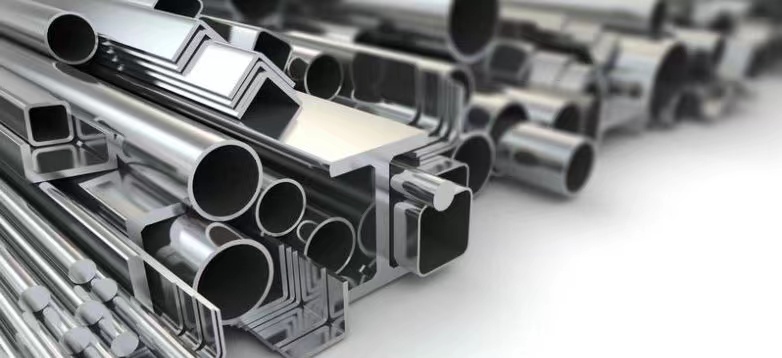What Are the Differences Between F304, F304L, F316, F316L Materials?
JXON forged steel floating ball valves have many material options, including 304, 304L, 316, 316L. Do you know what is the differences of these materials?
304, 304L, 316, 316L all are austenitic stainless steel. Their biggest difference is the amount of elements they contain.

Because of this, they all have different mechanical property.

304 stianless steel material has good wear resistance and corrosion resistance, it also has good mechanical properties, no hardening by heat treatment, it’s suitable temperature is around -196℃~800℃. It is suitable for application of household goods, auto parts, medical equipment, food industry, agriculture, Marine parts, etc
For 304L stainless steel material, as a low-carbon 304 steel, in the general state, its corrosion resistance is similar to that of 304, but after welding or stress relief, its grain boundary corrosion resistance is excellent; In the absence of heat treatment, it can also maintain good corrosion resistance, and the use temperature is -196℃ ~ 800℃. It is suitable for application of resistance to grain boundary corrosion requirements of chemical, coal, petroleum industry outdoor machinery, building materials heat resistant parts and heat treatment of difficult parts.
For 316 stainless steel material, due to the addition of molybdenum, its corrosion resistance, atmospheric corrosion resistance and high temperature strength is particularly good, can be used under harsh conditions. It has excellent work hardening (non-magnetic). It is suitable for application of seawater equipment, chemicals, dyes, papermaking, oxalic acid, fertilizer and other production equipment, photography, food industry, coastal facilities, ropes, CD rods, bolts, nuts.
For 316L stainless steel material, it is a low-carbon steel, in addition to having the same characteristics as 316 steel, it has better resistance to grain boundary corrosion. It is suitable for application of medium with special requirements for resistance to grain boundary corrosion.
304 stainless steel VS 316 stainless steel
316 stainless steel has better corrosion resistance than 304 stainless steel, and has good corrosion resistance in the production process of pulp and paper. And 316 stainless steel is also resistant to the erosion of the ocean and aggressive industrial atmosphere.
In general, 304 stainless steel and 316 stainless steel have little difference in chemical corrosion resistance, but there is a difference in some specific media.
The first developed stainless steel is 304, and in certain cases, this material is more sensitive to Pitting Corrosion. Adding an additional 2-3% of molybdenum can reduce this sensitivity, so that 316 is born. In addition, this additional molybdenum can also reduce the corrosion of certain hot organic acids.
316 stainless steel has almost become a standard material in the food and beverage industry. Due to the worldwide shortage of molybdenum and more nickel content in 316 stainless steel, 316 stainless steel is more expensive than 304 stainless steel.
Point corrosion is a phenomenon mainly caused by the deposition of corrosion on the surface of stainless steel, which is due to the lack of oxygen and cannot form a chromium oxide protective layer.
Especially in small valves, there is little chance of deposition on the valve plate, so point corrosion is rare.
In various types of water media (distilled water, drinking water, river water, boiler water, seawater, etc.), the corrosion resistance of 304 stainless steel and 316 stainless steel is almost the same, unless the content of chloride ions in the medium is very high, at this time 316 stainless steel is more suitable.
316 stainless steel VS 316L stainless steel
316 and 316L stainless steels are molybdenum containing stainless steels. The molybdenum content of 316L stainless steel is slightly higher than that of 316 stainless steel. 316 stainless steel also has good chloride erosion properties, so it is usually used in Marine environments. With a maximum carbon content of 0.03, 316L stainless steel can be used in applications where annealing cannot be performed after welding and where maximum corrosion resistance is required.
In the intermittent use below 1600 degrees and in the continuous use below 1700 degrees, 316 stainless steel has good oxidation resistance. In the range of 800~1575 degrees, it is best not to continuously act 316 stainless steel, but when 316 stainless steel is used continuously outside this temperature range, the stainless steel has good heat resistance. The resistance of 316L stainless steel to carbide precipitation is better than 316 stainless steel, which can be used in the above temperature range.
